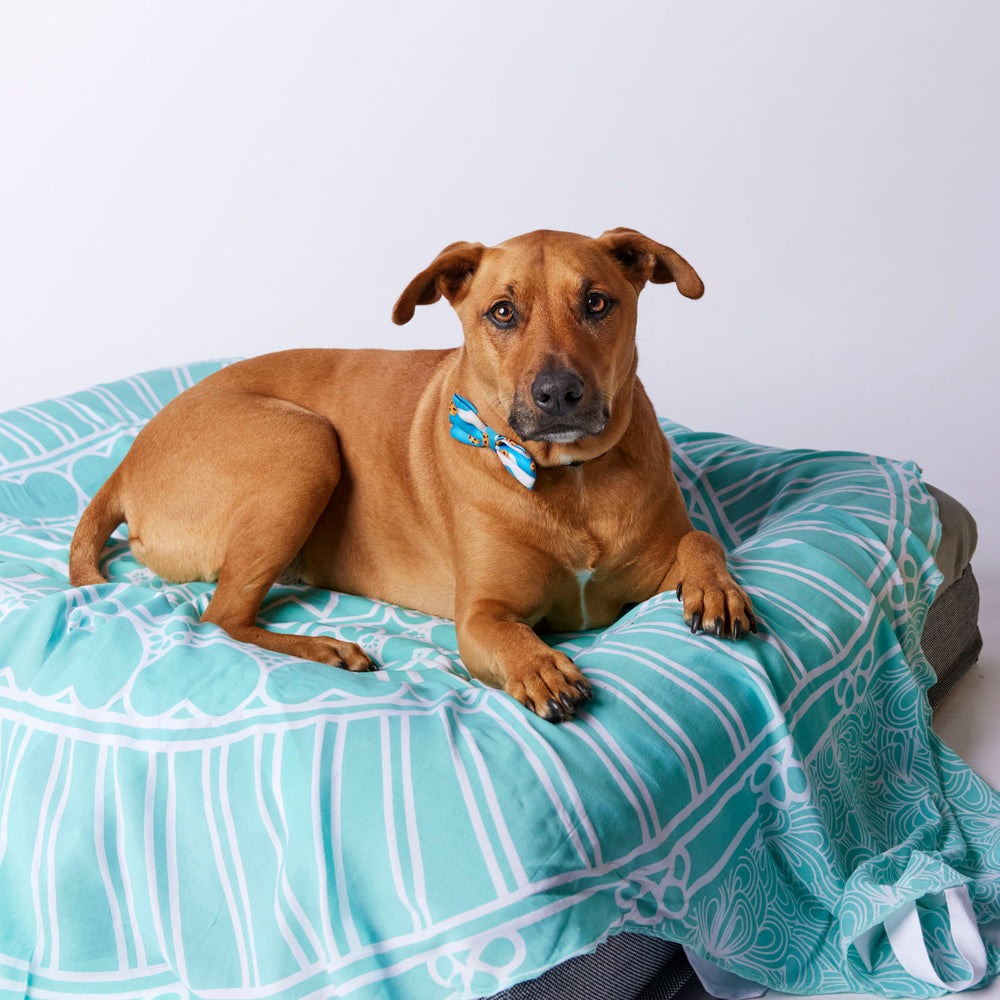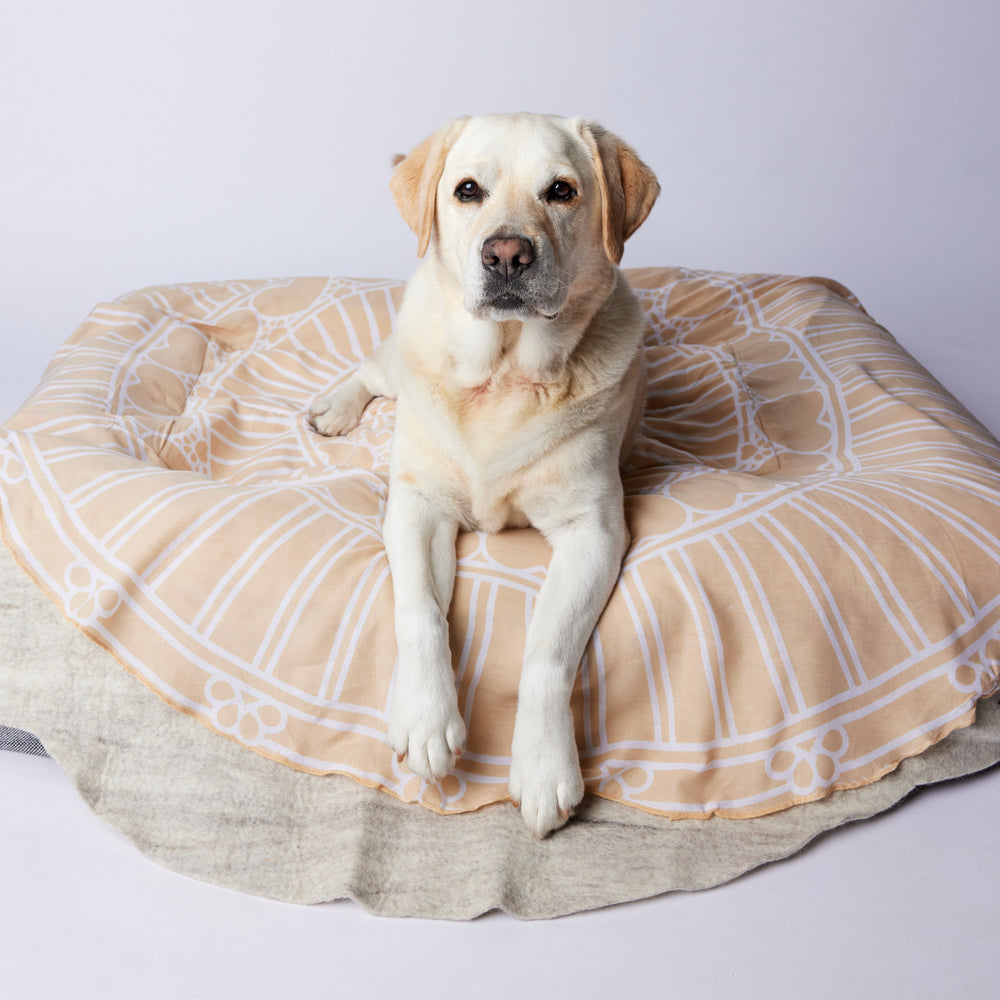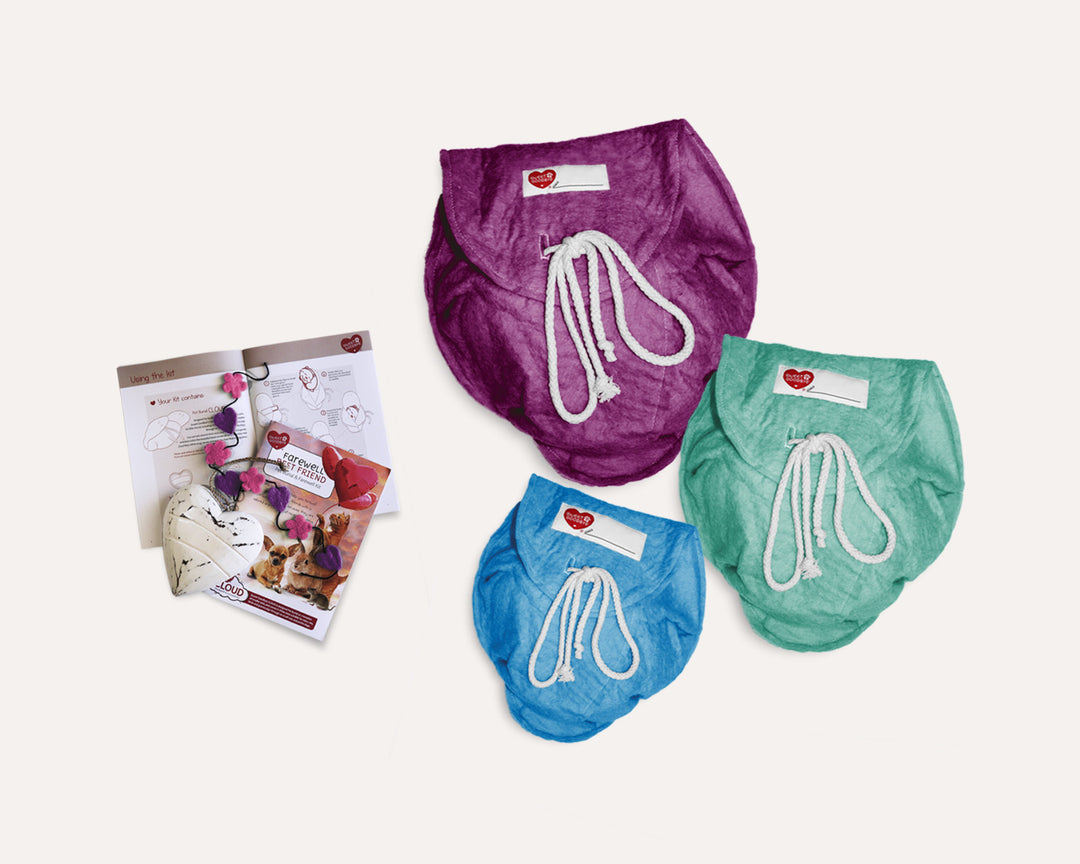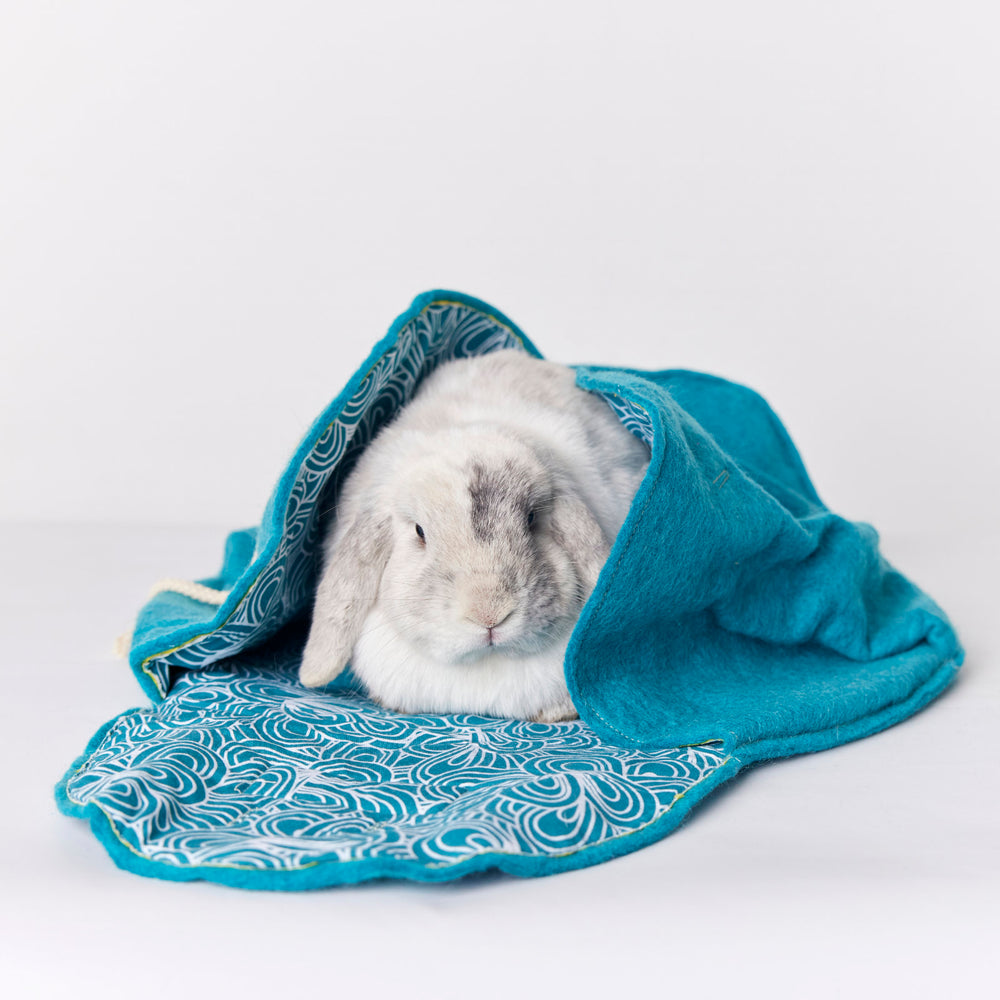Tiny Friends, Big Needs: What to Consider When Caring for Pocket Pets
Pocket pets, rabbits, guinea pigs, rats, mice, hamsters, and ferrets, may be small enough to fit in your hands, but their needs are anything but tiny. These little companions bring incredible joy, unique personalities, and surprisingly strong bonds into our lives. Yet too often, their care is misunderstood or underestimated.
Many people assume that pocket pets are “easy” or “starter pets” for children. But in truth, caring for them requires thoughtful planning, patience, and a commitment that is just as real as with a dog or cat.
If you’re considering welcoming a pocket pet into your home, or you already share your life with one, here are some important things to think about, including a few that people may not have considered before.

1. Lifespan Matters More Than You Think
One of the most common misconceptions is that pocket pets don’t live very long. While it’s true that some species, like mice or rats, have shorter lifespans (2–3 years), others can be with you for a surprisingly long time. Rabbits often live 8–12 years, guinea pigs 5–7 years, and ferrets 6–10 years.
This means choosing a pocket pet isn’t just a short-term commitment. When our friend Anna adopted a pair of rabbits for her children, she thought they’d be with the family for “a couple of years.” A decade later, she was still buying hay and arranging annual vet visits and she couldn’t imagine life without them.
For families, this also means thinking ahead. Will you still be able to provide proper care five or ten years down the track? Just like any pet, pocket pets rely on us for their entire lifetime.
2. They Need More Space Than a Cage
It’s easy to assume that pocket pets live happily in cages. After all, that’s how they’re usually sold in pet shops. But the truth is, most pocket pets need much more space than a simple cage can provide.
Rabbits, for instance, need to run, jump, and stretch fully to stay healthy. A hutch in the backyard isn’t enough.. Many rabbit owners now create “bunny-proofed” rooms or secure pens where their pets can free roam. Guinea pigs benefit from time outside their enclosure every day, where they can explore safely. Even ferrets love tunnels, climbing areas, and little hideouts to satisfy their curious natures.
Think of their cage as their bedroom, a safe place to rest and retreat, but not their entire world. A pocket pet that never leaves its cage will likely be bored, frustrated, and at risk of health problems.
3. Diet: It’s Not Just Pellets
Walk into a pet shop and you’ll see plenty of brightly packaged pellet mixes marketed for pocket pets. It looks simple, pour it into a bowl, and you’re done. But nutrition for small animals is far more complex, and often misunderstood.
Rabbits and guinea pigs, for example, need unlimited fresh hay to keep their digestive systems moving and their teeth healthy. Fresh greens should make up a good portion of their diet, with pellets as only a small supplement. Guinea pigs also need a daily source of vitamin C, since their bodies can’t make it on their own.
Rats, on the other hand, thrive with a high-quality base diet but also love fresh fruit, vegetables, and even a little protein.
Stories of dietary mistakes are common. A family once shared that their guinea pig “didn’t like hay, so they just gave him pellets and carrots.” Sadly, he developed severe dental disease, a preventable issue had hay been available.
Getting diet right is one of the biggest responsibilities of pocket pet ownership, and it often means going beyond what’s printed on a bag.

4. Dental Health Is a Silent Risk
Many pocket pets, especially rabbits and guinea pigs, have teeth that never stop growing. Without the right diet and chew opportunities, their teeth can overgrow, causing pain, difficulty eating, and even life-threatening infections.
This is one of those hidden issues that new owners often don’t anticipate. Regular vet check-ups are crucial, and providing safe chew toys, untreated wood, or constant access to hay can make all the difference.
Take little “Milo,” our friend's lop-eared rabbit, for example. His family noticed he was leaving food behind and drooling a little. They thought it was “just a phase,” but it turned out his teeth had grown too long and were cutting into his mouth. Thankfully, a rabbit-savvy vet was able to trim them, but it was a wake-up call about how quickly dental issues can escalate.
5. They’re Masters of Hiding Illness
In the wild, pocket pets are prey animals. That means they’ve evolved to hide any sign of weakness. Unfortunately, this instinct carries over into domestic life.
By the time a rabbit, guinea pig, or rat is visibly sick, the illness may already be advanced. Subtle signs like reduced appetite, changes in droppings, hiding more than usual, or slight weight loss can be the first red flags.
This is why regular weight checks, close observation, and having a vet experienced in small mammals is so important. Not every vet has training in exotics, and pocket pets often need very specific care.
6. They Need Social Connection
Pocket pets are social creatures, though their needs vary by species. Guinea pigs, for instance, should never be kept alone, they thrive in pairs or groups. Rabbits often form strong bonds with other rabbits, though they can also bond with humans. Rats are highly intelligent and happiest in groups of at least two. Ferrets love playtime with their human family and with other ferrets.
A lonely pocket pet is a stressed pocket pet.

7. They Have Emotional Needs Too
Pocket pets may be small, but they experience complex emotions. They can feel boredom, stress, and even grief.
Enrichment is vital. Tunnels, digging boxes, puzzle feeders, and chew toys provide mental stimulation. Gentle, regular handling builds trust and connection. And maintaining a routine helps them feel secure.
Consider rats, who are often compared to dogs in their intelligence. They can learn tricks, come when called, and crave interaction. Or ferrets, who are playful clowns that thrive on daily games of chase or hide-and-seek.
These emotional needs are easy to overlook, but meeting them is what turns a pocket pet from “just an animal in a cage” into a cherished companion with a rich, happy life.
8. End-of-Life Considerations
One of the hardest aspects of caring for pocket pets is their lifespan. While some live a decade or more, others, like rats and mice, are only with us for a few short years. This can be especially challenging for children, as a pocket pet’s passing may be their first experience with grief.
Planning ahead helps. Thinking about comfort care for senior pets, considering options for burial or cremation, and talking gently with children about the cycle of life can all make the goodbye a little easier.
Families who have held small “farewell ceremonies” for their rabbits, guinea pigs, or hamsters often share how healing it was. It gives everyone, no matter how small the pet, a chance to honour the love and connection shared.
Caring for a pocket pet is rewarding, but it comes with responsibilities many people don’t anticipate. From diet and space to emotional wellbeing and veterinary needs, these little companions deserve the same love, respect, and planning as any other pet.
When we take the time to understand their unique needs, pocket pets reward us with endless joy, affection, and unforgettable personalities.
At Sweet Goodbye, we believe every pet, no matter how small, leaves a big pawprint (or tiny footprint) on our hearts.









